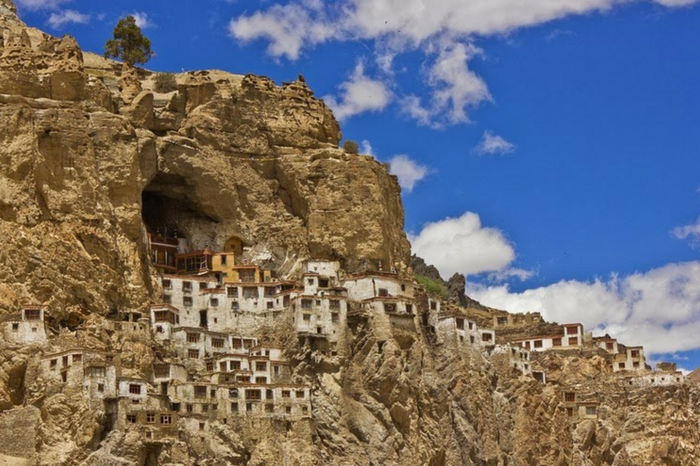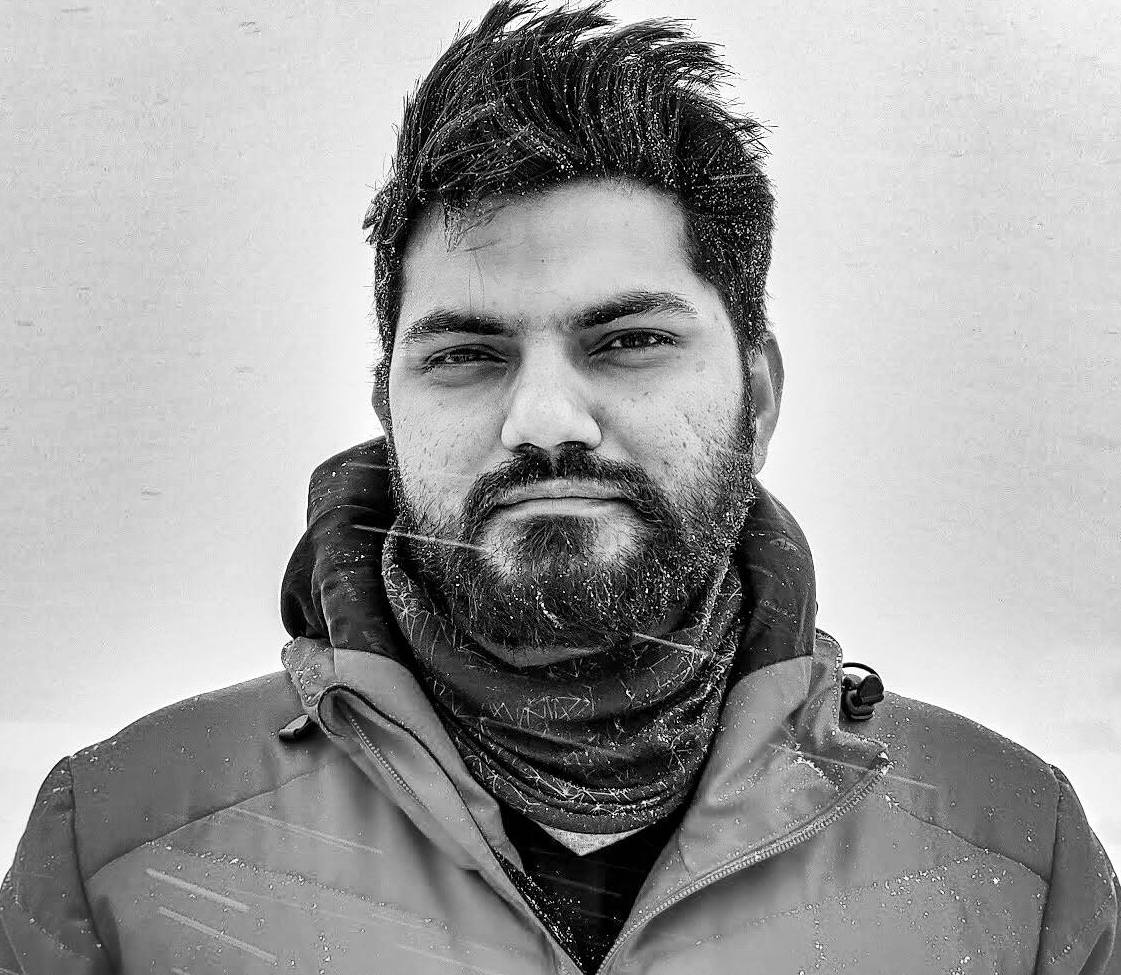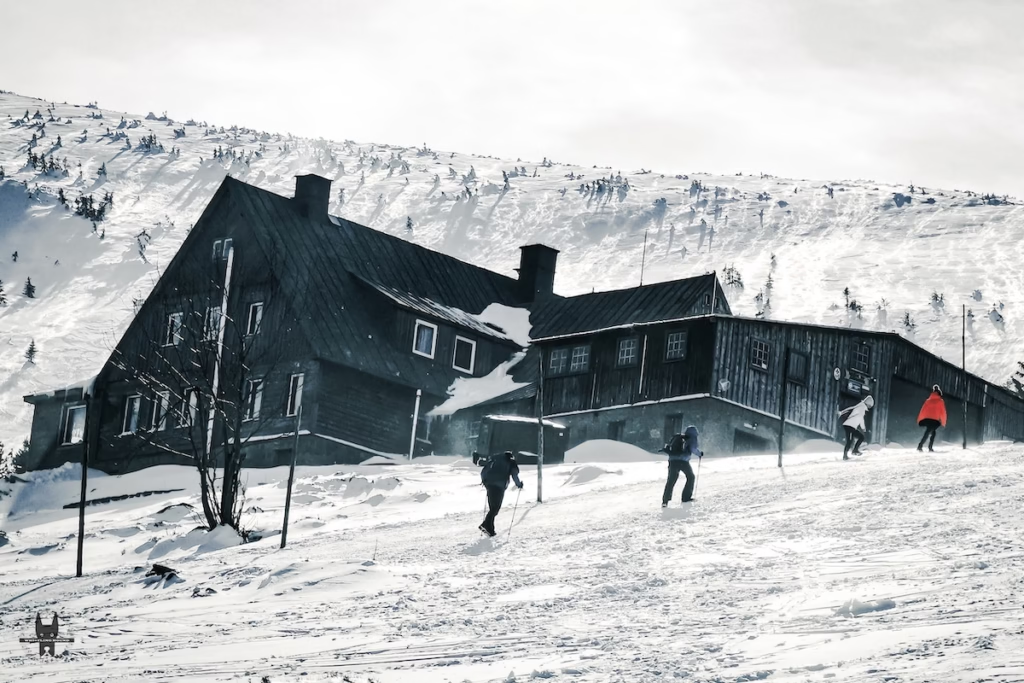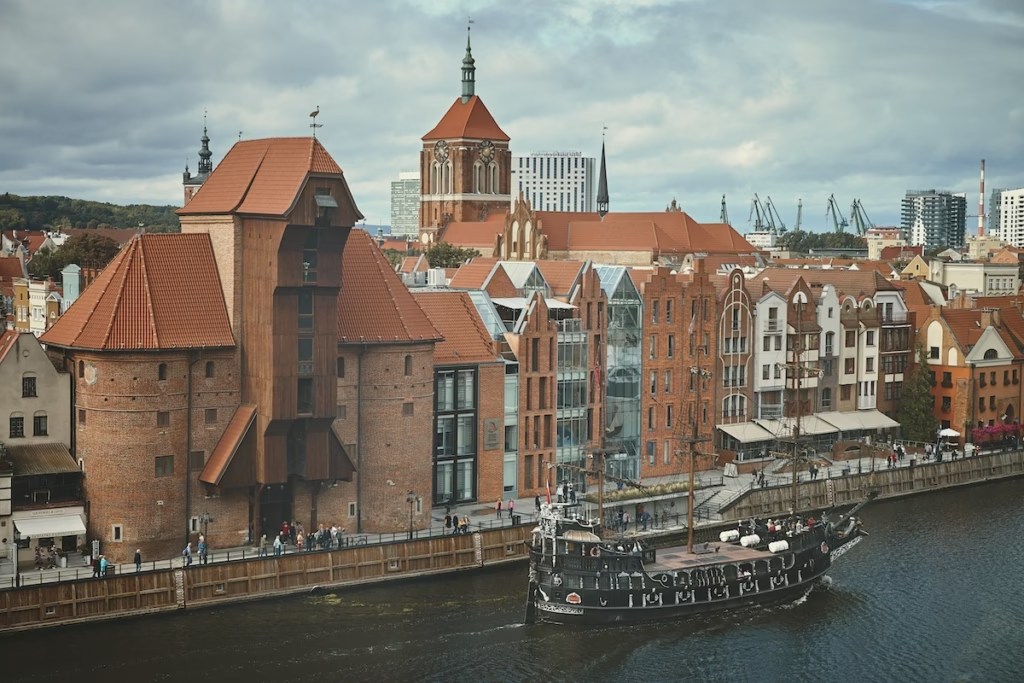Updated on 12 May, 2025
The Great Himalayan Range never ceases to surprise with its raw, untamed beauty, snow-capped peaks, endless valleys, and a stillness that feels so good! Ladakh, the crown jewel of the Zanskar Range, is where travellers find some of the best escapes in India, and Phugtal Monastery is among the top of the list. Tucked deep in the remote Lungnak Valley, this cliffside Buddhist retreat looks like a honeycomb carved by the gods. You may have to trek miles to reach Phugtal Monastery Ladakh, but let me tell you, every step is worth it.
Whether you’re a spiritual seeker, a photographer, or a traveller craving the unknown, this place will steal your heart. Let’s dive into why Phugtal Gompa is a must-visit, how to get there, and what to expect in 2025.
What Makes Phugtal Monastery in Ladakh So Special?

Phugtal Monastery, or Phugtal Gompa, isn’t just another stop on a Ladakh itinerary—it’s a journey into solitude. Built into a natural cave on a cliffside in the Lungnak Valley, this Tibetan Buddhist monastery belongs to the Gelug school and dates back over 2,500 years. Founded in the 12th century by Gangsem Sherap Sampo, with the current structure established in the 15th century by Jangsem Sherap Zangpo, it’s been a sanctuary for sages, scholars, and monks seeking liberation. The name “Phugtal” means “cave of liberation” (Phug = cave, Tal = liberation), and the vibe here lives up to it. I stood at ~3,800 meters, gazing at the Lungnak River below, and felt a peace I can’t quite describe.
- Honeycomb Architecture: The monastery’s mud-and-wood structure blends into the cliff like it grew there naturally.
- Spiritual Legacy: Home to 70 monks, it’s a living center for meditation, prayer, and Tibetan Buddhist teachings.
- Isolation Factor: Until 2023, Phugtal was only accessible by foot, adding to its mystique as one of the most remote monasteries in Ladakh.
How to Reach Phugtal Monastery in 2025: Trek or Road?

Getting to Phugtal Monastery in Ladakh used to be a full-on adventure, reachable only by a multi-day trek. But things have changed. In 2023, the Nimmu-Padum-Darcha (NPD) road opened, making access easier while preserving the monastery’s remote charm. Here’s how to plan your journey:
- By Road to Cha Village: Start from Padum, the main town in Zanskar, 52 km away. Drive 30 km to Ichar (also called Lchar), then continue to Cha village, the closest road point to Phugtal. From Cha, it’s a 6 km trek (about 2–3 hours) across rugged terrain and suspension bridges over the Lungnak River.
- Trekking Option: The classic trek from Purne or Cha villages is still the way to go for purists. It’s a 5–8 hour trek from Purne through high mountain passes, offering jaw-dropping views of the Greater Himalayas. I trekked this route in July, and the wildflowers along the path were unreal.
- Winter Challenges: Heavy snowfall often closes trails and roads from November to May. Supplies are hauled over the frozen Zanskar River!
Pro Tip: Hire a local guide in Padum for the trek. The terrain can be tricky, and they’ll share stories that bring the journey to life.
Best Time to Visit Phugtal Gompa for Festivals and Views
Timing your visit to Phugtal Monastery, Ladakh, can make or break your experience. The monastery is at its best from June to September, when the weather is mild, and the trails are clear. In August, the daytime temperatures are perfect for hiking, though nights are chilly. Pack layers!
- Summer Serenity (June–September): Ideal for trekking, with clear skies and stunning Zanskar Valley views.
- Festival Season: Phugtal hosts vibrant festivals based on the Tibetan lunar calendar. The Smonlam Chenmo (end of February) marks the Tibetan New Year with prayers for world peace. The Yarnas ceremony (late July to mid-September) is a unique event where monks perform pujas to offset negative karma, Visitors need permission from the Head Lama to attend. The Gadam Nagchod in early December honours Je Tsongkhapa, the Gelug school’s founder.
- Avoid Winter: Heavy snow from November to May makes access nearly impossible unless you’re an expert trekker.
What to Expect Inside Phugtal Monastery

Stepping into Phugtal Gompa feels like entering another world. The monastery houses a main temple, prayer rooms, a library with rare sacred texts, and the original cave with a sacred spring. The murals and frescoes on the walls, centuries-old depictions of Buddhist scriptures, tell stories of enlightenment. A stone tablet marks the stay of Alexander Csoma de Kőrös, who worked on the first English-Tibetan dictionary here from 1826 to 1827.
- Meet the Monks: The 70 resident monks are warm and welcoming. I joined a daily puja and felt the chants resonate through the cave.
- Cultural Immersion: During festivals, monks and locals interact, offering a glimpse into Zanskar’s traditions.
- Panoramic Views: At 3,850 meters, the monastery overlooks the Lungnak Valley and Himalayan peaks.
Where to Stay and Eat Near Phugtal Gompa
Phugtal Monastery, Ladakh, is a non-commercial zone, so don’t expect hotels or restaurants. Here’s how to manage:
- Stay Options: The monastery has a basic guesthouse for visitors—bring a sleeping bag, as it gets cold. Alternatively, homestays in Purne, Cha, or Anmo villages offer simple rooms with local hospitality. I stayed in Purne and loved the starry nights.
- Food: The monks often provide meals for guests, think simple Tibetan fare like thukpa (noodle soup) and tsampa (roasted barley). Carry snacks like nuts and dried fruit, and a ready-to-eat meal. They come in handy during the trek.
- Camping: A sprawling campsite near the monastery lets you pitch a tent with views of the cliffside structure.
Tips for Visiting Remote Monasteries in Ladakh
Phugtal Gompa is a high-altitude, isolated spot, so preparation is key. Here’s what you need to know:
- Acclimatise First: Spend a few days in Leh (3,500 meters) to adjust to the altitude before heading to Zanskar. Altitude sickness is real!
- Pack Essentials: Bring warm clothing, a good sleeping bag, sunscreen, and a water purifier. There are no shops en route.
- Respect Local Customs: Dress modestly, remove shoes before entering prayer rooms, and ask permission before photographing monks.
- Physical Fitness: The trek involves uneven terrain and high altitude. A moderate fitness level is enough, but practice hiking beforehand.
Phugtal Monastery in 2025
Phugtal isn’t just a pretty view, it’s a living piece of history. In 2025, as travel rebounds with 1.5 billion international arrivals (UN Tourism, 2024), destinations like Phugtal Monastery in Ladakh are gaining attention for their off-the-grid appeal.
The monastery’s solar power, installed in 2016, reflects a shift toward sustainability, aligning with global travel trends (78% of travellers seek eco-friendly options, per Booking.com 2024). Its remote location also makes it a sanctuary for mindful travel, a growing movement as travellers seek silence and authenticity over crowded tourist traps.
Explore More Himalayan Gems with Whistling Hound
Phugtal Monastery in Ladakh left me in awe, and I’d love to help you experience that magic. Want to explore more spiritual retreats or rugged landscapes? Drop me a line at whistlinghound@gmail.com, and let’s plan your next journey together.
FAQs: Your Guide to Phugtal Monastery, Ladakh
1. How do I reach Phugtal Monastery in Ladakh?
From Padum, drive to Cha village via the NPD road (opened in 2023), then trek 6 km (2–3 hours) to the monastery. Alternatively, trek 5–8 hours from Purne village.
2. What’s the best time to visit Phugtal Gompa?
June to September offers mild weather and clear trails. Festivals like Smonlam Chenmo (February) and Yarnas (July–September) are great for cultural immersion.
3. Can I stay at Phugtal Monastery?
Yes, the monastery has a basic guesthouse, or you can stay in homestays in Purne or Cha villages. Bring a sleeping bag for comfort.
4. Why is Phugtal Monastery famous?
Phugtal Monastery in Ladakh is known for its cliffside cave architecture, 2,500-year history, and as a centre for Tibetan Buddhist meditation and learning.
5. What should I pack for a Phugtal Gompa trek?
Pack warm layers, a sleeping bag, sunscreen, a water purifier, and snacks. The area is remote with no shops, so come prepared.
Share this:
- Click to share on Facebook (Opens in new window) Facebook
- Click to share on LinkedIn (Opens in new window) LinkedIn
- Click to share on Reddit (Opens in new window) Reddit
- Click to share on X (Opens in new window) X
- Click to share on WhatsApp (Opens in new window) WhatsApp
- Click to email a link to a friend (Opens in new window) Email





